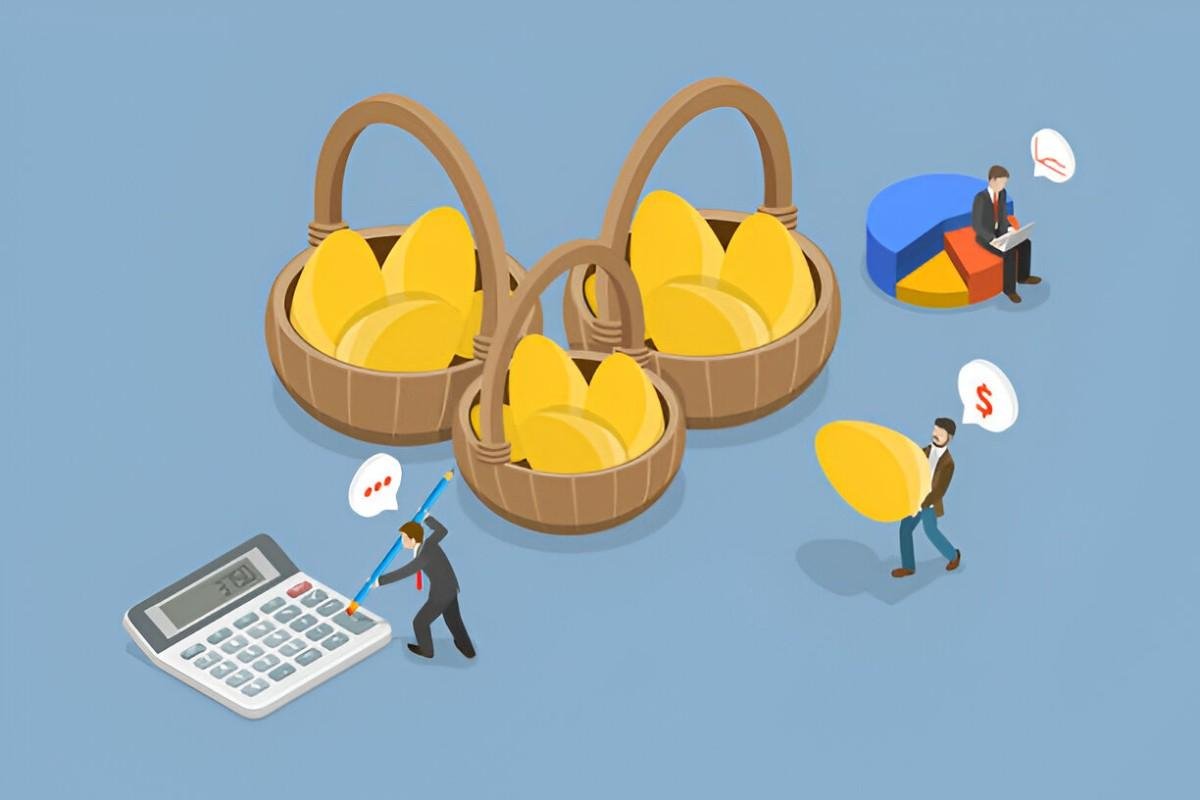As a finance expert, I often get asked about the role of bonds in a diversified investment portfolio. Bonds, bond mutual funds, and bond ETFs serve as essential tools for income generation, capital preservation, and risk management. In this comprehensive guide, I break down everything you need to know—from the basics to advanced strategies—while keeping the discussion practical and grounded in real-world applications.
Table of Contents
Understanding Bonds: The Building Blocks
What Is a Bond?
A bond is a fixed-income security that represents a loan made by an investor to a borrower, typically a corporation or government. When you buy a bond, you lend money in exchange for periodic interest payments and the return of the principal at maturity.
Key Bond Characteristics
- Face Value (Par Value): The amount repaid at maturity (e.g., $1,000).
- Coupon Rate: The annual interest rate paid on the bond’s face value.
- Maturity Date: The date when the principal is repaid.
- Yield: The effective return, accounting for price fluctuations.
The yield to maturity (YTM) is a critical measure, calculated as:
YTM = \frac{C + \frac{F-P}{n}}{\frac{F+P}{2}}Where:
- C = Annual coupon payment
- F = Face value
- P = Current price
- n = Years to maturity
Types of Bonds
| Bond Type | Issuer | Risk Level | Example |
|---|---|---|---|
| Treasury Bonds | U.S. Government | Low | 10-Year Treasury |
| Municipal Bonds | State/Local Gov’t | Low-Medium | California Muni Bonds |
| Corporate Bonds | Companies | Medium-High | Apple Corporate Bond |
| High-Yield Bonds | Risky Firms | High | Junk Bonds |
Example: Calculating Bond Returns
Suppose you buy a 5-year corporate bond with a face value of $1,000, a 5% coupon rate, and a purchase price of $950.
- Annual Coupon Payment: 0.05 \times 1000 = \$50
- YTM Calculation:
YTM = \frac{50 + \frac{1000-950}{5}}{\frac{1000+950}{2}} = 6.15\%
This means your effective annual return is 6.15%, higher than the coupon rate due to the discount.
Bond Mutual Funds: Diversified Fixed-Income Investing
What Are Bond Mutual Funds?
Bond mutual funds pool money from multiple investors to buy a diversified portfolio of bonds. They offer instant diversification, professional management, and liquidity.
Advantages vs. Individual Bonds
| Feature | Individual Bonds | Bond Mutual Funds |
|---|---|---|
| Diversification | Limited | High |
| Liquidity | Low (Secondary Market) | High (Daily Redemption) |
| Management | Self-Managed | Professional |
| Cost | Transaction Fees | Expense Ratios |
Types of Bond Mutual Funds
- Government Bond Funds (e.g., Treasury securities)
- Corporate Bond Funds (Investment-grade or high-yield)
- Municipal Bond Funds (Tax-exempt income)
- International Bond Funds (Global exposure)
Example: Evaluating a Bond Fund
Consider a bond fund with:
- Average YTM: 4.5%
- Expense Ratio: 0.50%
- Average Duration: 6 years
If interest rates rise by 1%, the fund’s NAV could drop by approximately:
\Delta P \approx -Duration \times \Delta r = -6 \times 1\% = -6\%This shows the interest rate sensitivity of bond funds.
Bond ETFs: The Modern Approach to Fixed Income
What Are Bond ETFs?
Bond ETFs trade like stocks but hold a basket of bonds. They combine the diversification of mutual funds with the flexibility of stock trading.
Bond ETFs vs. Bond Mutual Funds
| Feature | Bond Mutual Funds | Bond ETFs |
|---|---|---|
| Trading | End-of-Day Pricing | Intraday Trading |
| Expenses | Higher Fees | Lower Expense Ratios |
| Tax Efficiency | Less Efficient | More Tax-Friendly |
| Minimum Investment | Often High | Share-Based |
Popular Bond ETFs
- iShares Core U.S. Aggregate Bond ETF (AGG) – Tracks the U.S. investment-grade bond market.
- Vanguard Total Bond Market ETF (BND) – Broad exposure to U.S. bonds.
- SPDR Bloomberg High Yield Bond ETF (JNK) – Focuses on junk bonds.
Example: ETF Pricing Dynamics
Bond ETFs trade near their net asset value (NAV) due to arbitrage. If an ETF trades at a discount, authorized participants buy shares and redeem them for underlying bonds, keeping prices aligned.
Risks and Considerations
Interest Rate Risk
When rates rise, bond prices fall. Duration measures this sensitivity:
\% \Delta P \approx -Duration \times \Delta YTMCredit Risk
Lower-rated bonds (e.g., junk bonds) have higher default risk but offer higher yields.
Inflation Risk
Fixed coupon payments lose purchasing power if inflation surges. TIPS (Treasury Inflation-Protected Securities) mitigate this.
Liquidity Risk
Some bonds trade infrequently, leading to wider bid-ask spreads.
Strategic Allocation: Bonds in a Portfolio
Role in Diversification
Bonds reduce portfolio volatility. A classic 60/40 (stocks/bonds) mix historically provided stability.
Tax Considerations
- Municipal bonds are tax-exempt at the federal level (and sometimes state).
- Treasury bonds are state-tax-exempt.
Active vs. Passive Management
- Active: Fund managers pick bonds to outperform.
- Passive: Track an index (e.g., Bloomberg Aggregate Bond Index).
Final Thoughts
Bonds, bond mutual funds, and bond ETFs each serve distinct purposes. Individual bonds offer predictability, mutual funds provide diversification, and ETFs combine flexibility with cost efficiency. Understanding their mechanics helps investors make informed decisions aligned with their financial goals.





